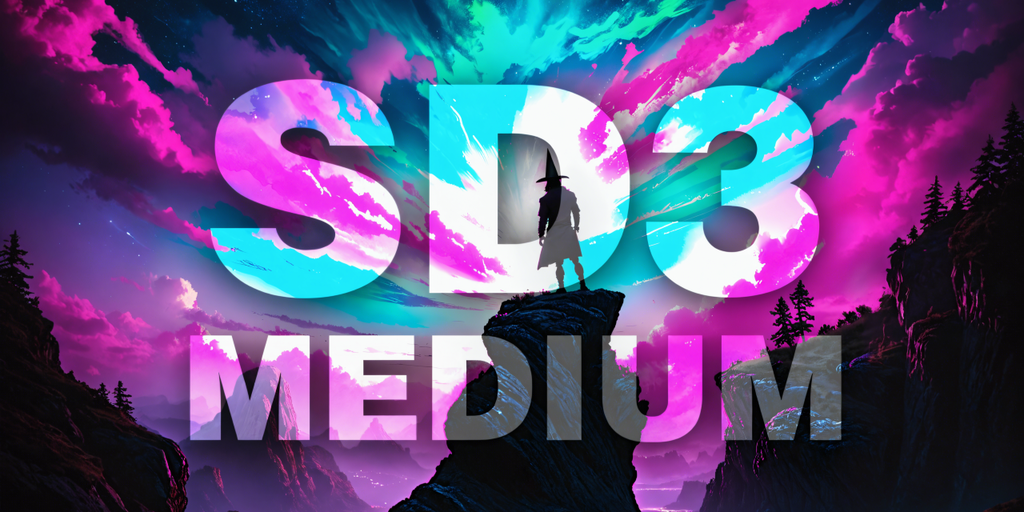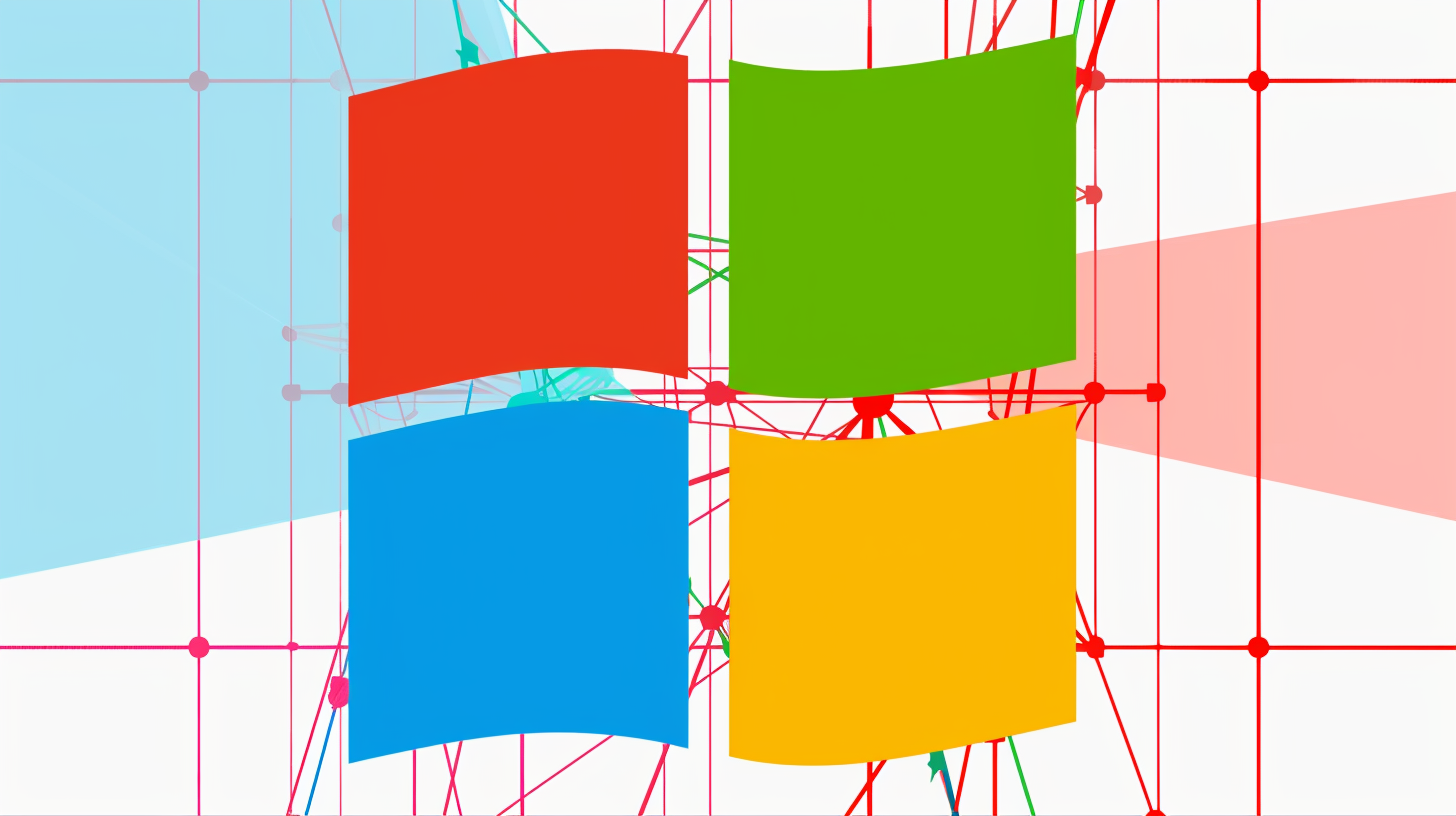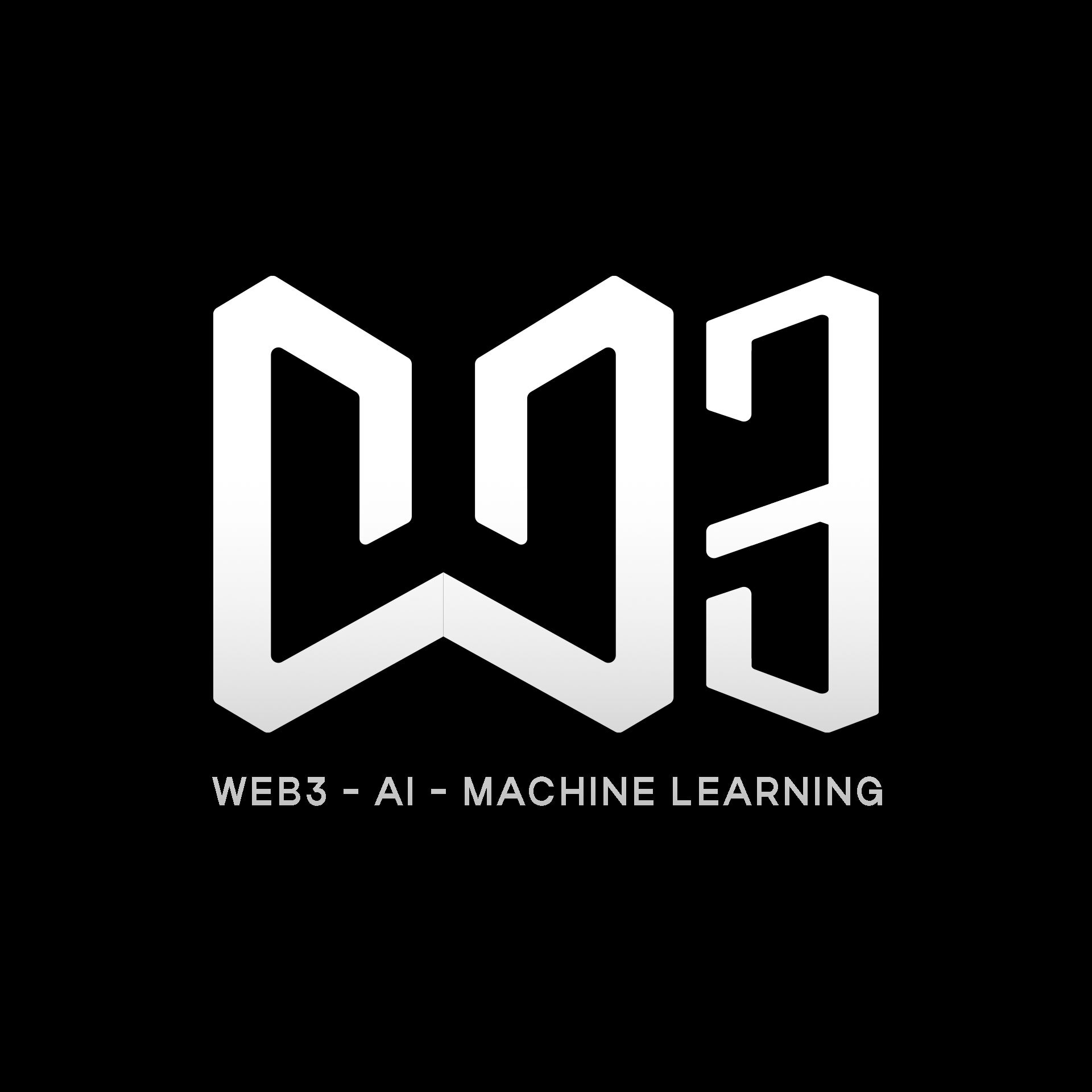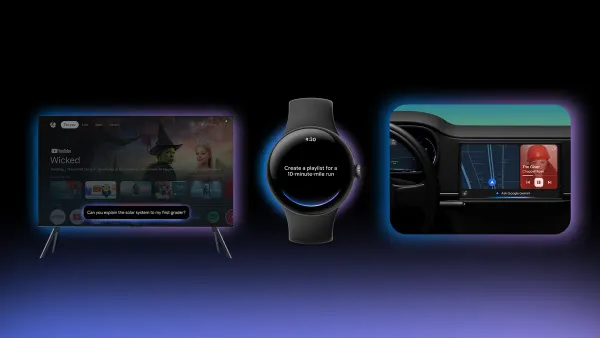AI🌪️Thursday Breakthroughs: OpenAI's Oracle Collaboration, Generative AI in Robotics, Stability AI's SD3, and Microsoft's Consumer Chatbot Exit
1. OpenAI adopts Oracle chips for enhanced AI computing
2. Generative AI propels robots toward broader functionality
3. Stability AI launches SD3, a powerful open-source image generator on HuggingFace
4. Microsoft discontinues consumer custom AI chatbots in strategy pivot
Stay tuned for deeper insights!😊
In the rapidly evolving landscape of artificial intelligence, today marks significant advancements and strategic shifts among industry leaders. From OpenAI's adoption of Oracle's powerful chips for enhanced computing to Stability AI's groundbreaking release of SD3 on HuggingFace, the field is buzzing with innovation. Meanwhile, Microsoft's decision to discontinue custom AI chatbots for consumers signals a pivot in its approach. These developments underscore AI's pivotal role in shaping technology's future. Join us as we delve into these updates, exploring their implications and what they mean for the broader AI community and beyond.
1. OpenAI adopts Oracle chips for enhanced AI computing
OpenAI is partnering with Microsoft and Oracle to expand its compute capacity for ChatGPT. OpenAI will use the Microsoft Azure AI platform on Oracle’s infrastructure, addressing the substantial need for more compute power. OpenAI CEO Sam Altman highlighted the importance of Oracle’s chips in scaling operations. Despite this new partnership, OpenAI emphasized that its strategic relationship with Microsoft remains unchanged, with model pre-training continuing on Microsoft’s supercomputers. Interestingly, Oracle also supports xAI, Elon Musk’s AI rival, adding a layer of complexity to the collaboration. This partnership aims to meet growing demand and prevent ChatGPT outages.
/cdn.vox-cdn.com/uploads/chorus_asset/file/25462005/STK155_OPEN_AI_CVirginia_B.jpg)
2. Generative AI propels robots toward broader functionality
Humanoid robots need more focus on intelligence for "general purpose" use, beyond just hardware. MIT researchers are leveraging generative AI to improve training, combining task-specific data for better performance. Their policy composition (PoCo) method merges strategies from various tasks, boosting robot efficiency by 20%. This includes multitasking and adapting to new challenges. AI-driven training could bridge the gap to versatile, intelligent robots.

3. Stability AI launches SD3, a powerful open-source image generator on HuggingFace
Stability AI has launched SD3, its most advanced open-source text-to-image generator, boasting 2B parameters for high realism and efficiency. Available via Hugging Face and APIs, it's optimized with Nvidia for superior performance. Minimal GPU VRAM ranges from 5GB to 16GB. SD3 eliminates the need for a refiner, enhancing image quality and simplifying workflows. Stability AI plans continuous improvements and collaboration with Nvidia to innovate AI art tools. Despite financial scrutiny, Stability AI remains committed to advancing multimodal AI technologies.

4. Microsoft discontinues consumer custom AI chatbots in strategy pivot
Starting July 10, 2024, Microsoft will shut down GPT Builder for consumers, deleting all custom chatbots created by private users. This move aims to refocus on enterprise solutions, retaining Copilot Pro features. Users can save their custom instructions before July 2024. Microsoft cited a strategic shift to concentrate on core product features and developer opportunities. The change marks a pivot away from consumer-focused generative AI efforts, possibly indicating broader strategy adjustments.

As we look ahead, the trajectory of AI promises continued growth and transformative impacts across sectors. Stay tuned for more updates as we navigate the exciting journey of artificial intelligence together. Follow us for the latest insights and trends in AI innovation.









